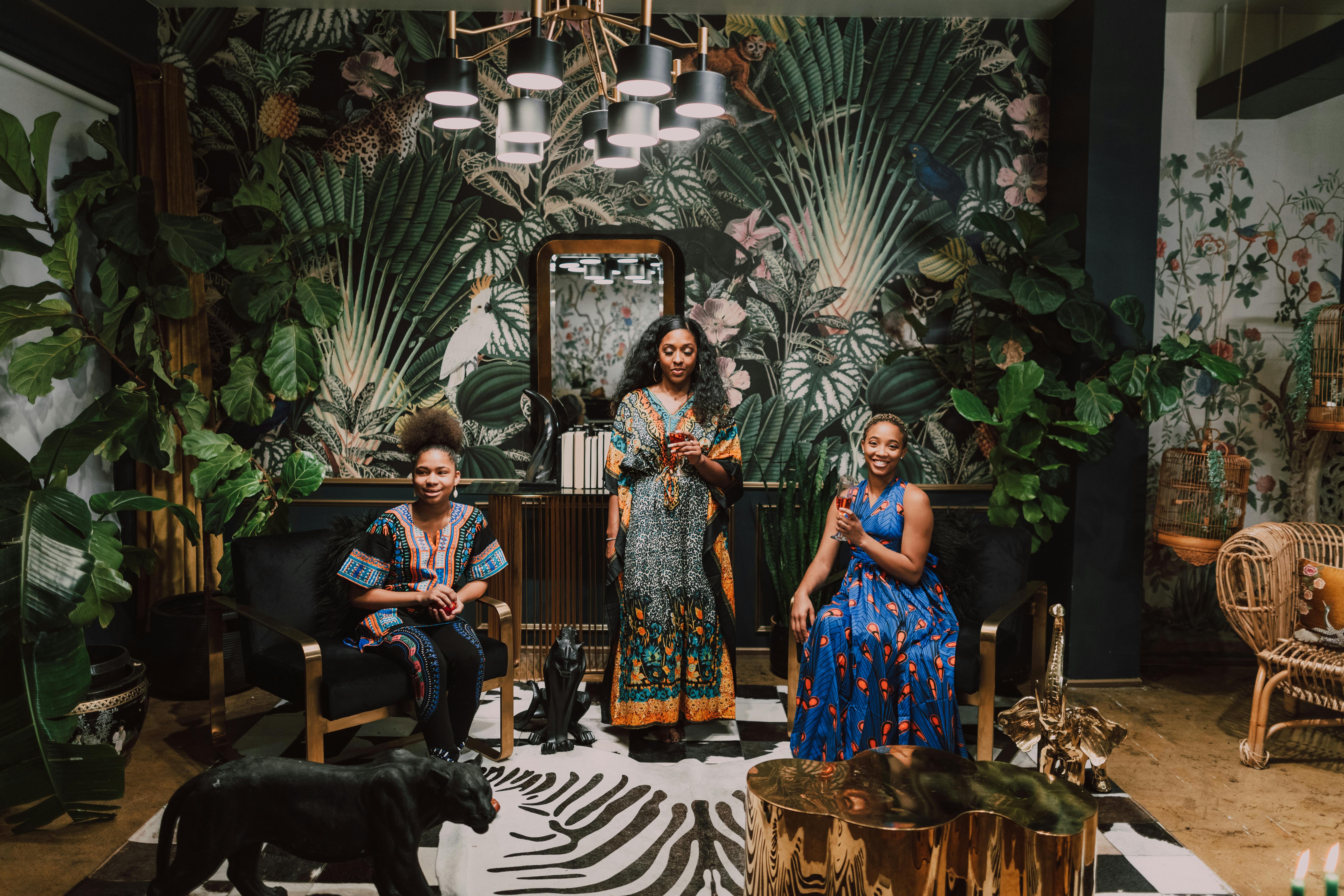Have you ever wondered what weaves and hair extensions are made of? The process is quite fascinating for some and for others; You may never look at hair extensions, weaves, and wigs the same way again.
When you buy products made from human hair, the hair is actually made from real humans. Humans in third world countries, mostly from Asia (China and India) will sell their long locks for money. European hair is very popular in today’s market, but the texture does not match the texture of most African American women’s hair, so most Afro weaves are made from real Indian human hair, Brazilian human hair, or just old synthetic hair.
When women in these third world countries seek to sell their hair, buyers will recommend that women do everything they can to keep their hair healthy. The instructions for healthy hair are: eat a healthy diet, refrain from using too many products and especially no heat appliances. For most women, heating devices and products are not the problem, the problem is a healthy diet. Donors are usually very young women and virgin hair is ideal. Virgin hair means that it has never been chemically treated. Virgin is one of the most expensive types on the market.
Often when you purchase a “human hair blend” a mix of real and synthetic strands. In the 1960s, yak hair was used in fabrics, and sadly, yak hair had a horribly musky smell that couldn’t be washed out. This type used to be known as “Yaki” weave and was introduced by the Koreans, but today the term “Yaki” no longer has anything to do with the animal but with the texture of the hair. Yaki is actually a more relaxed hair texture but not as relaxed as the “silky” texture that is usually Asian.
Today’s cheap, imported fabrics use real human threads, but due to their poor quality, the price will also be significantly lower. Low-quality hair does not tolerate much use, styling, and washing. Quality real human hair costs a little more, but can be worth a pretty penny.
